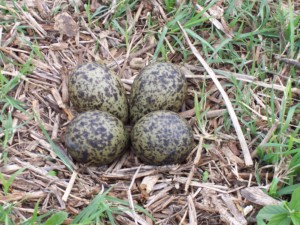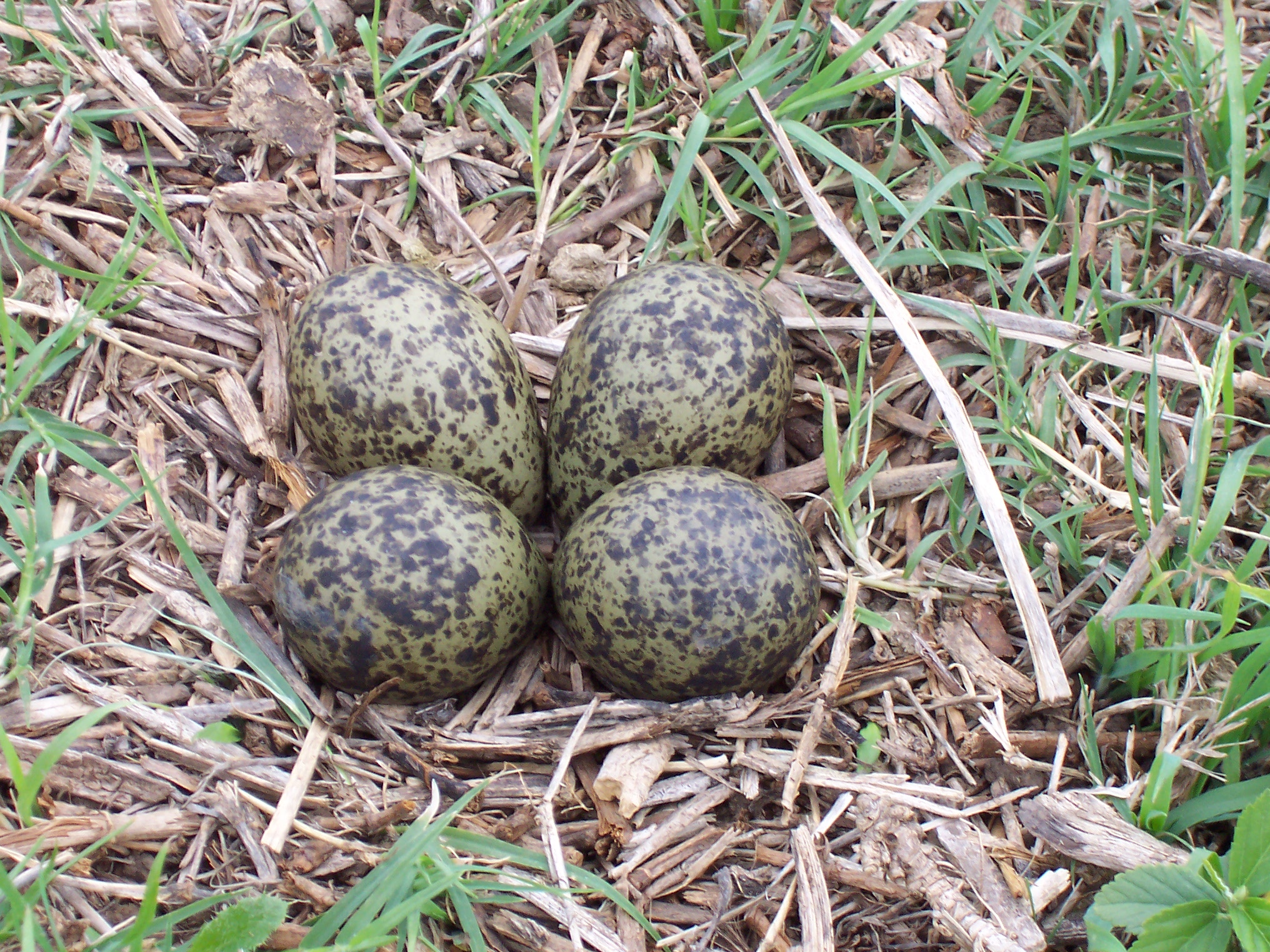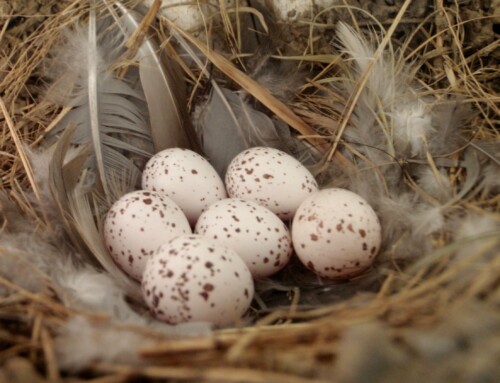 LINKED PAPER
LINKED PAPER
Shorebird embryos exhibit anti-predator responses. Kostoglou, K. N., van Dongen, W. F., Bowe, S. J., & Weston, M. A. 2021. IBIS. DOI: 10.1111/ibi.12969. VIEW
Avian embryos communicate with their parents while they are still in the egg. Experiments showed that the developing birds even adjust their calling to parental cues (Noguera & Velando 2019). However, the sounds emanating from the eggs might have unforeseen consequences and could direct the attention of an observant predator to the nest. To avoid nest predation, embryos should thus adjust their calling rate when a potential predator is nearby (Kostoglou et al. 2017). But how can an embryo know that a predator is around when it is confined to its egg? Recently, a team of ornithologists set out to answer this question. Using a series of clever experiments, they exposed the eggs of Red-capped Plovers (Charadrius ruficapillus) and Masked Lapwings (Vanellus miles) to several predator-related cues to investigate how the embryos would react.
Little Raven
First, the researchers tested an obvious cue: the calls of a predator. One egg was removed from the nest and placed in a sound-insulated container. Once inside the box, the embryos could hear the calls of a local predator (i.e. the Little Raven, Corvus mellori), parental alarm calls, the calls of a local non-predatory species, or just white noise. These experiments revealed that the embryos produced less calls when exposed to the predator sounds. This suggests that the embryos can directly react to threats in their environment. Interestingly, the researchers found no clear effect of parental alarm calls. The embryos did not seem to adjust their calling rates to these sounds (when compared to white noise). Perhaps these alarm calls are an unreliable cue because the parents also use them in situations when no predators are present, such as territorial fights.

Figure 1. Embryos of Red-capped Plover (left) and Masked Lapwing (right) produce fewer calls when exposed to predator calls compared to other sounds.
Beating hearts
The second experiment focused on an indirect cue for potential predators, namely the parental heart rate. The presence of danger might result in an increased heart rate in incubating birds which the embryos can perceive through the thin eggshells (Ellenberg et al. 2013). However, playing different speeds of a beating bird heart did not affect the calling rates of the embryos. Perhaps the embryos need to feel the vibrations of their parents’ heart before they react. Finally, the researchers investigated the effect of parents leaving the nest – to attack a potential predator or lure it away – by exposing the eggs to different light levels (Maurer et al. 2011). This experiment resulted in a counterintuitive outcome: embryos of Red-capped Plovers increased their calling rates in brighter conditions. It is important to keep in mind that the embryos probably adjust their behavior to a combination of cues. More experiments are needed to disentangle this complicated response to predators, but it is already intriguing to realize that avian embryos are able to perceive imminent danger.
References
Ellenberg, U., Mattern, T. & Seddon, P.J. (2013). Heart rate responses provide an objective evaluation of human disturbance stimuli in breeding birds. Conservation Physiology 1: cot013. VIEW
Kostoglou, K., van Dongen, W.F.D., Lees, D., Maguire, G.S. & Weston, M.A. (2017). Acoustic cues from within the egg do not heighten depredation risk to shorebird clutches. Behavioral Ecology 28: 811– 817. VIEW
, & (2011). Review: an embryo’s eye view of avian eggshell pigmentation. Journal of Avian Biology 42: 494– 504. VIEW
Noguera, J.C. & Velando, A. (2019). Bird embryos perceive vibratory cues of predation risk from clutch mates. Nature Ecology & Evolution 3: 1225– 1232. VIEW
Image credits
Top right: Masked Lapwings (Vanellus miles) eggs | Prankphonecall | CC BY-SA 2.0 Wikimedia Commons
Blog posts express the views of the individual author(s) and not those of the BOU.
If you want to write about your research in #theBOUblog, then please see here




